Cattle ranchers in Queensland’s outback have witnessed history as drones remotely mustered cattle, showcasing a groundbreaking method that promises to transform livestock management, reports ABC News.
The Drone-Driven Muster
In a world-first, drones piloted from the Gold Coast mustered cattle at a property on the Southern Downs near Upper Pilton. This innovative approach, demonstrated at the Beef Australia 2024 industry showcase by Cloncurry-based company SkyKelpie, highlighted the potential for Drone Technology to replace traditional mustering methods involving motorbikes, horses, or helicopters.

SkyKelpie founder Luke Chaplain, a fourth-generation grazier from Malakoff Station near Cloncurry, is leading this technological shift.
“There’s never been anything like this done before,” he said. “We just want to build tools to empower livestock producers to modernize the way they muster.”
The Tech Transforming Agriculture
Chaplain has been pioneering the use of drones in agriculture since 2017, and his efforts are bearing fruit.
“We already have over 100,000 head of livestock being mustered by customers,” he noted.
The technology allows graziers to control drones from their paddocks or even remotely, increasing efficiency and reducing reliance on traditional methods.
Many ranchers, including Kale Robinson of Eastfield Station, have integrated drones into their operations with impressive results. Initially skeptical, Robinson found that cattle responded well to the drones’ buzzing noise.
“I didn’t think the livestock would move [because of] the sound, that it wasn’t loud enough, but there’s just something about that buzzing noise and they respond really well,” he shared.
Overcoming Skepticism and Embracing Change
Despite initial doubts, even seasoned ranchers are starting to see the benefits of drone mustering. Robinson highlighted how older ranchers, often resistant to change, were impressed by the technology.
“I’ve showed a few older fellas as well and they’re enthusiastic about it — when you’ve got an older fella saying that you know you might be onto something,” he said.
Chaplain demonstrated the potential of docking stations for drones, which can land, recharge, and take off autonomously. With connectivity, these drones can be operated from anywhere in the world.
“What’s really cool now is if you have connectivity on both ends – at the docking station and where the pilot is situated – you can operate that drone from anywhere in the world,” he explained.
The Road Ahead
While the technology is promising, regulatory approvals remain a hurdle. Chaplain is optimistic about the future, with applications in place for mobile remote operation centers to expand the technology’s reach.
“The regulator has been looking to progress further on rural and remote drone operations, which we encourage,” he said.
Robinson, once a skeptic, now sees drones as integral to his operation. He praised the cost-saving benefits and the thermal cameras that help identify livestock.
“We’d tried mustering goats with helicopters, we had a plane as well. It costs a lot of money,” he said.
The thermal camera, costing about $10,000 — the price of a motorbike — proved to be a game changer.
The successful live remote muster at Beef Australia 2024 underscores the potential of drone technology to revolutionize the cattle industry. As regulatory barriers are addressed, more ranchers are likely to adopt this efficient, cost-effective method, heralding a new era in livestock management.
Photos courtesy of ABC News.
Discover more from DroneXL
Subscribe to get the latest posts to your email.

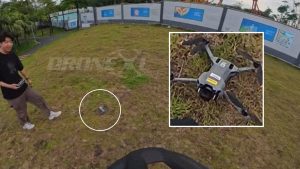
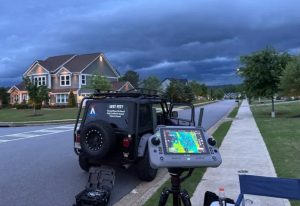
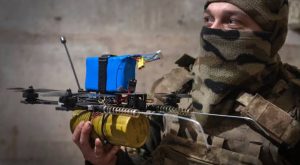
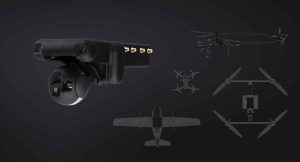
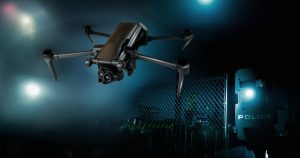
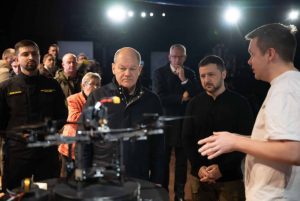

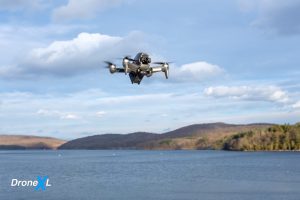

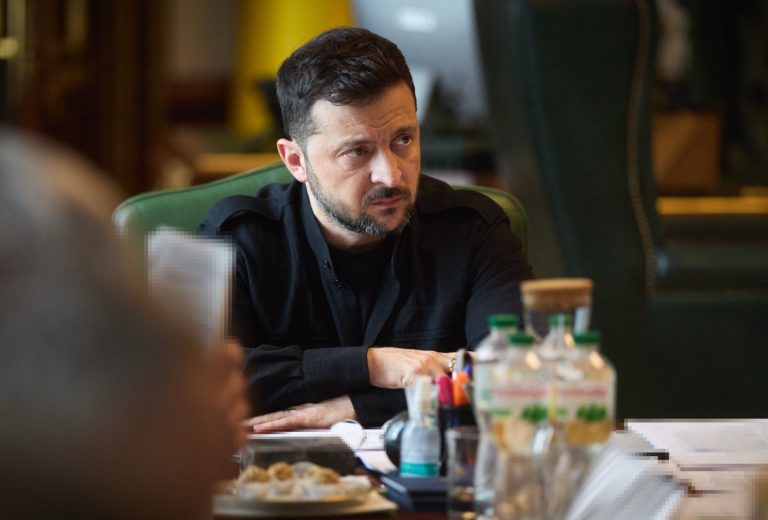

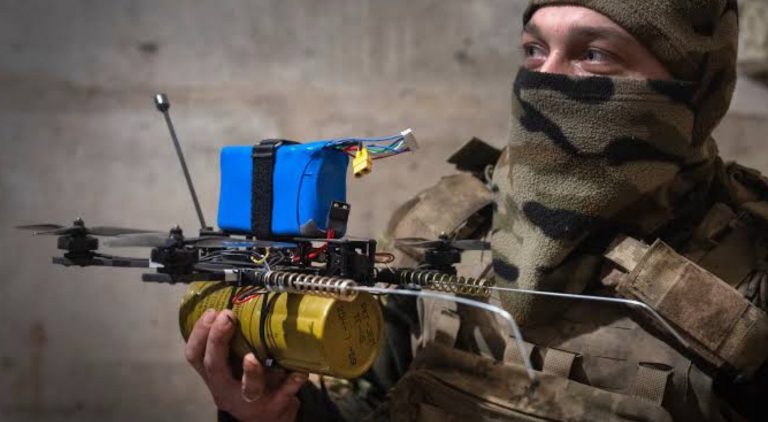
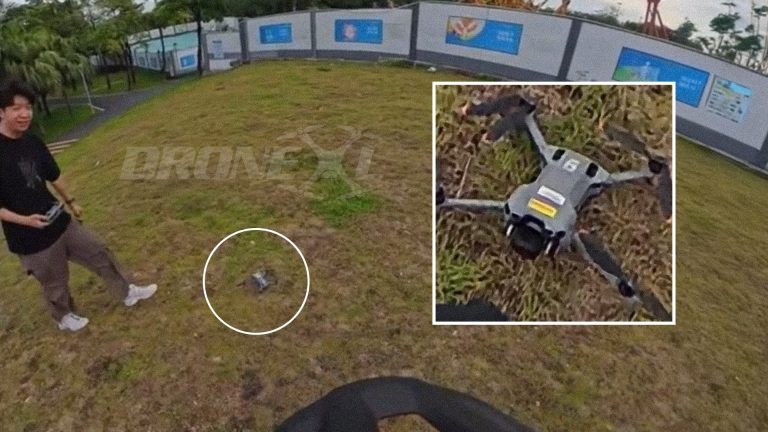
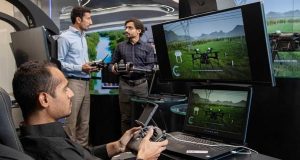
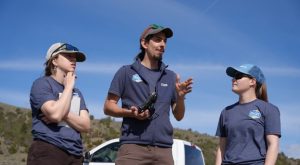
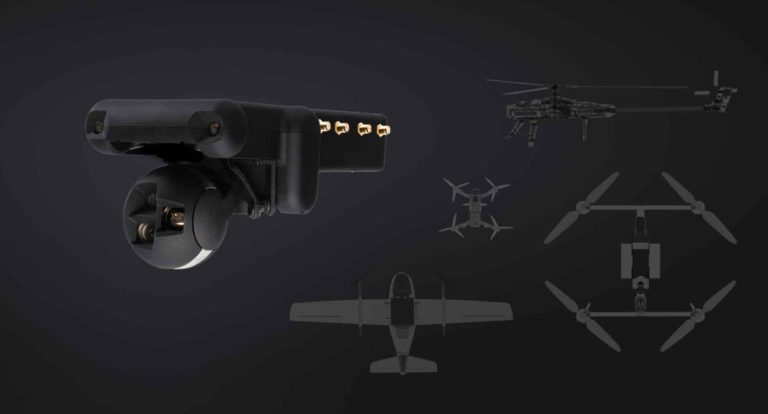
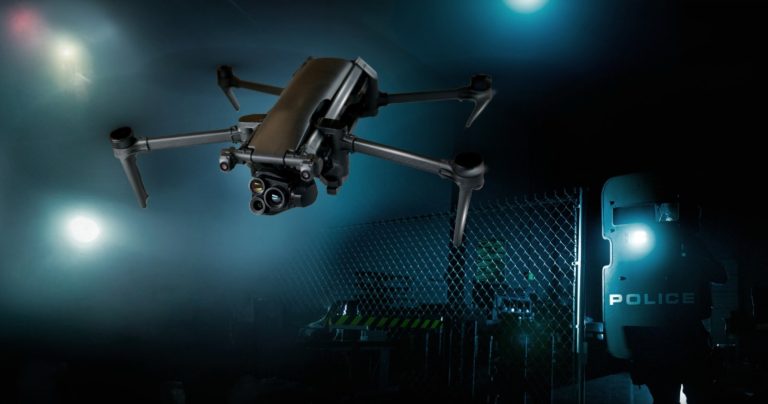
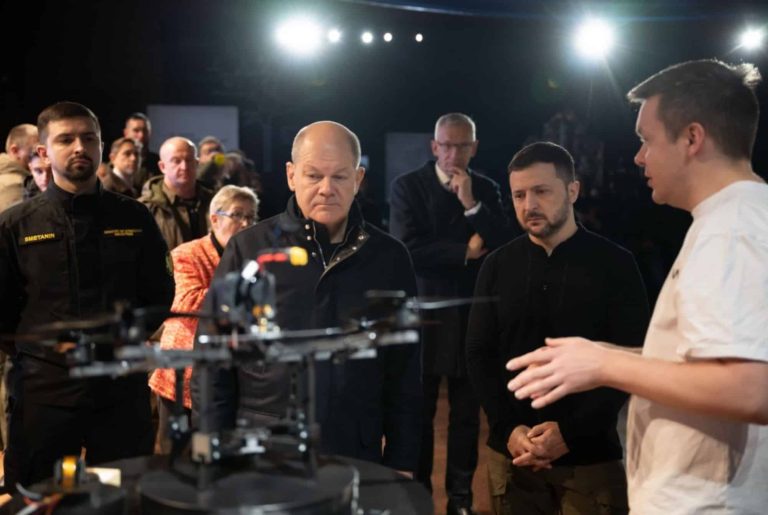
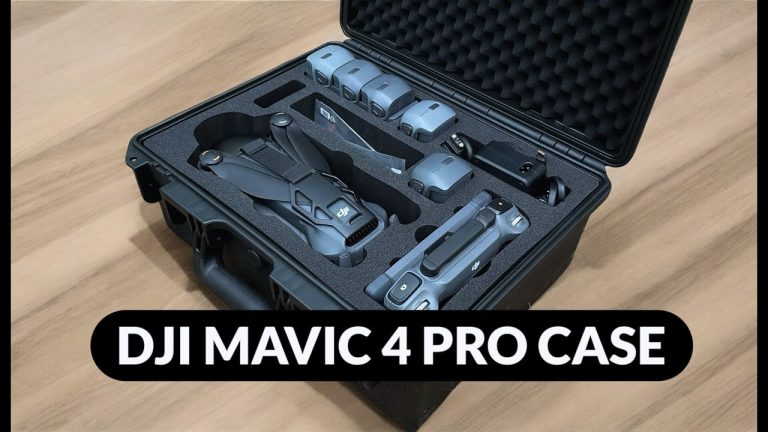
+ There are no comments
Add yours